Civil Rights E-term: “You Are a Piece of the Puzzle”
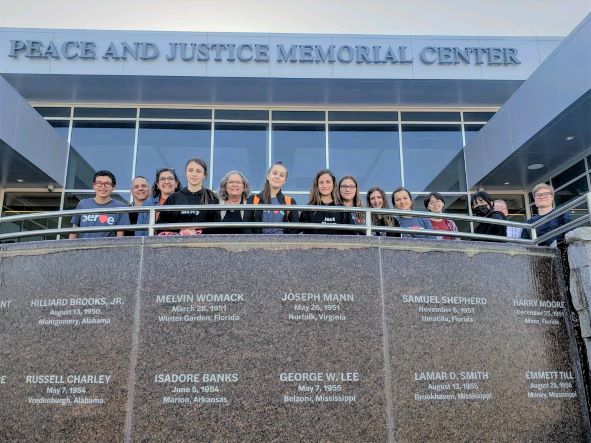
“You are a piece of the puzzle for a better future.”
This is the message that 10 Eastern Mennonite School ninth and tenth grade students absorbed from Black community leaders and Civil Rights veterans during an E-term trip to Alabama and Mississippi, March 30-April 4.
Talking with people who marched and made sacrifices in the movement brought stories they had read about in history books come alive, the students said.
“A lot of people feel like our generation can bring hope,” said one. “To have them say that we can bring change makes me want to make change.”
And another, “To hear a Black person who has lived through such hard times believe we can make change inspires me.”
The students brought open hearts and minds to the trip, said the leaders, in part due to preparation through class work in months leading up to the trip. Shannon Roth’s 9th grade US History class had studied US history up till the Reconstruction era. Mark Gornto’s English class had read and discussed Bryan Stevenson’s Just Mercy: A Story of Justice and Redemption, which examines equity, justice, and systemic racism.
The Journey
Armond Bragg told the EMS students he was 18 years old when he dropped his sister off at the 16th Street Baptist Church in Birmingham on Sept. 15, 1963, and went to work. After his shift, he learned a bomb had torn through the church, killing four young girls.
Bragg pointed out details from the bombing in the beautiful church, where he is still a member. The church was targeted because it was a headquarters for civil rights rallies at the time.
Across the street, statues in the Kelly Ingram Park memorialize the girls who were killed, as well as hundreds of other children and teens who were part of protests on those streets, enduring beatings, biting dogs, and fire hoses.
The next stop was at the National Memorial for Peace and Justice in Montgomery, the nation’s first memorial dedicated to the legacy of enslaved Black people, terrorism by lynching, and the humiliation of racial segregation. The six-acre memorial features 800 six-foot monuments, sculpture, art and design to contextualize racial terror.
Students found the pillar memorializing Charlotte Harris, lynched in Harrisonburg, Virginia, on Feb. 28, 1878.
The Legacy Museum, directly across the street, depicts the journey of Black people from enslavement, to Reconstruction, to lynching, segregation, and the current reality of mass incarceration.
The Equal Justice Initiative — spearheaded by attorney and author Bryan Stevenson — launched these interactive educational sites. They include an exhibit containing 800 jars of soil collected around the country from lynching sites, the Community Remembrance Project.
On to Selma. Joanne Bland joined the group’s bus for an engaging tour peppered with questions, good natured ribbing, and hard facts. Bland was arrested for the first time for her civil rights activism at age eight. Today, she gives tours of the town admonishing students to memorize a name — taking with them a small stone reminder — of someone killed in the movement.
“When we remember names, we keep the stories alive,” she admonished. “Remember the name you chose!”
The day included:
- A stop at a Confederate soldiers’ cemetery with a monument to Nathan Bedford Forest, founder of the Ku Klux Klan.
- A home cooked, Southern style lunch with Sister Afriye at By the River Center for Humanity arts collaborative.
- A walk across the Edmund Pettus Bridge, site of Bloody Sunday (March 7, 1965) and the 54-mile walk from Selma to the state capital of Montgomery to call for voting rights.
In Philadelphia, Miss., Leroy Clemons, executive director of the Neshoba Youth Coalition, was the host. He told students about drinking from “Colored Only” water fountains and showed them his childhood neighborhood. “Everything was safe on this side of the tracks,” he said, standing by a memorial at Mt. Nebo Baptist Church.
The memorial remembers Michael (Mickey) Schwerner, James Chaney and Andrew Goodman, college students who were murdered in 1964 for registering black people to vote and other civil rights efforts.
Clemons pointed out the small diner where Martin Luther King, Jr., ate when he came to town, and the home where he stayed. Then they drove eight miles outside of town where stopped at the roadside spot where the young men were murdered. And they heard the story another eight miles down the road where they were buried in a dam.
“The whole thing was carefully organized with law enforcement officers, who were also members of the KKK,” Clemons explained. “But now,” he emphasized, “things are different! Black, white, Choctaw Indian… we are all in this community together, and it’s beautiful.”
Pine Lake Fellowship Camp in Meridian, Miss., provided a perfect backdrop for processing the experiences. The 118-acre camp was established in the early ‘60s to bring together Black, white and Choctaw Indian children for the first time in the country. Titus and Ann Bender were among camp founders; they are parents of Maria Archer, EMS K-8 principal, who co-led the trip.
“It was so meaningful to be in this space again and connect with many people who remembered my parents and their work here in the Civil Rights era,” Archer said.
Gerald Hudson and Larry Miller were two hosts in Meridian with strong ties to the Benders. Hudson, who is Black, visited with students and hosted them at the Fitkins Memorial Church of the Nazarene for a rousing service with clapping, shouting, and preaching unlike anything the students had experienced before.
“I was a little nervous,” admitted one student, “but it was way more interesting than any church I’ve ever been in before!”
Miller, who came to the area from Ohio as a young conscientious objector in the early 60s, coordinated a visit with members of the Nanih Waiya Indian Mennonite Church. The church was was founded in 1963 by Nevin Bender, Archer’s grandfather. When he died, the Choctaw Tribal Council made him an honorary member of the Mississippi Band of the Choctaw Indians.
Students enjoyed interacting with local youth, including members of the Choctaw Indian tribe, and a delicious meal.
The trip was planned in collaboration with Mennonite Mission Network.
“MMN seeks to help church communities and other related groups explore this painful yet valuable history,” said Andrew Suderman, Mennonite Mission Network Director of Global Partnerships. “Our hope is these experiences will help us all better understand the work we need to do to better live into the diversity and beauty of God’s good creation.”
The E-term participants were: Eleanor Albers ‘25, Maddy Kratz ‘25, Jimin Lee ‘24, Isis Long ‘25, Christian Meixner ‘24, Armando Perez ‘24, Kate Piper ‘25, Noelle Rankin ‘25, Catherine Scherpereel ‘25, Brianna Showalter ‘25. Maria Archer, K-8 principal, and Andrea Wenger, director of advancement, led from EMS, with Scott Hartman of Mennonite Mission Network. Delbert Wenger drove the bus.
EMS E-term offerings each spring for high school students include trips off site and out-of-the-classroom experiences locally. See a summary of 2022 E-term experiences here and middle school Explore Week here.


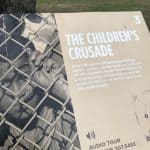


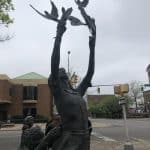
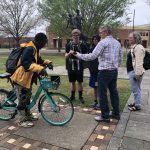
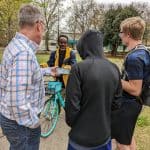

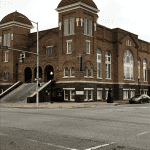

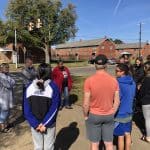
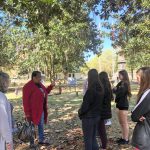

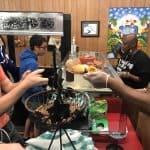
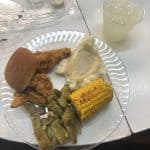
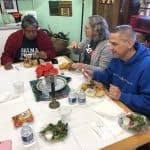
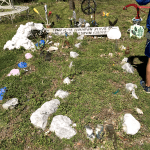


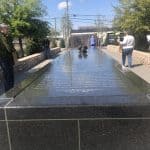


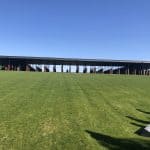
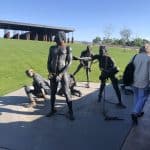
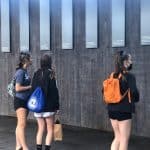

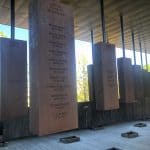
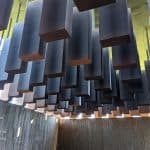
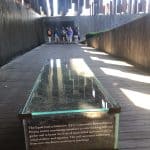
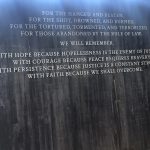

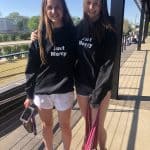
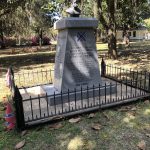


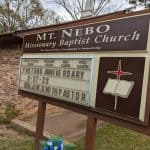
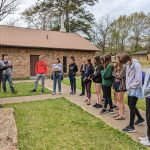

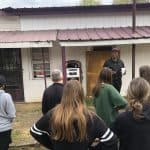
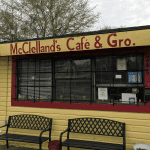
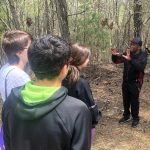
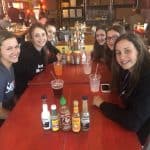
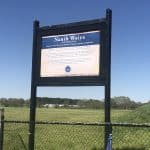


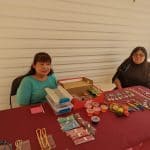
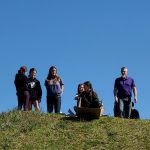
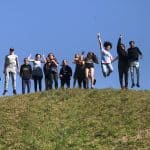


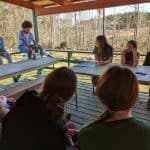

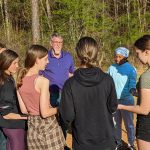

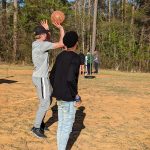


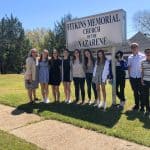
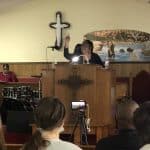
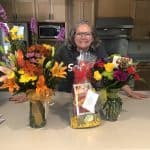

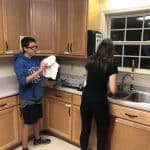

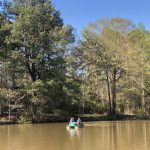
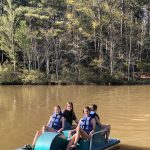
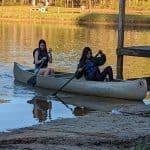
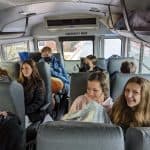
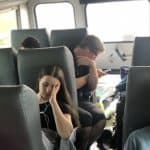
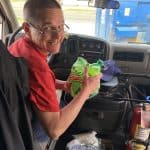
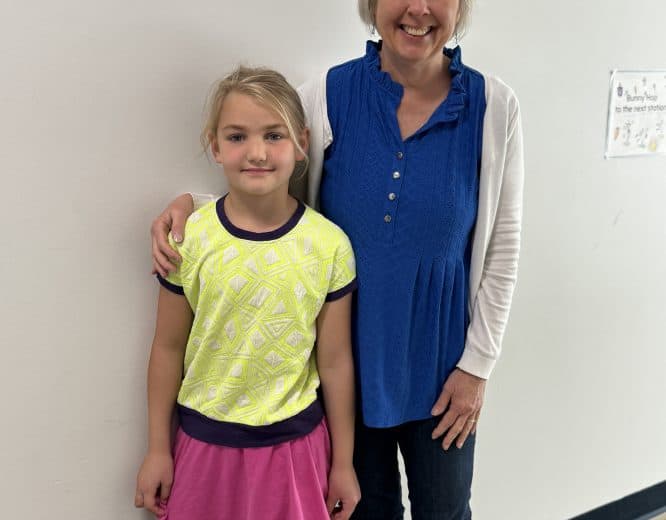

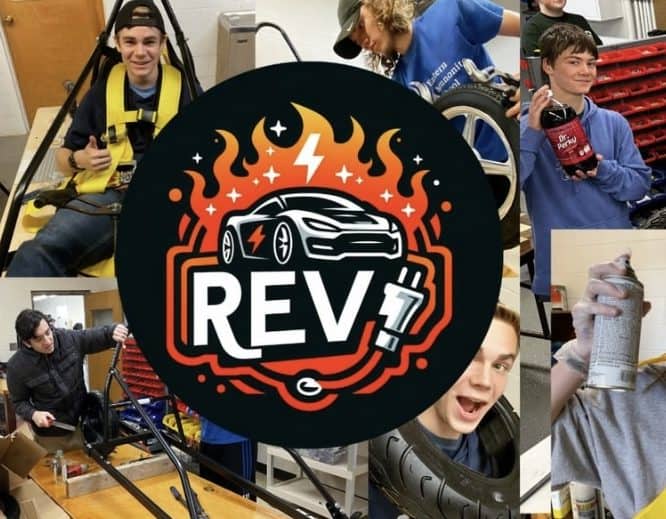
It is so wonderful of EMS to give the students this opportunity. This report of the trip brought back many memories for me. Many, many thanks. I am so grateful my granddaughter attends
EMS. The trip was so beautifully planned, which I know took a lot of insight, knowledge, sensitivity, experience, and hard work, all of which abound in your faculty.